Key Takeaways
-
Identification: Field mice are slightly larger with reddish-brown fur and furry tails; house mice are smaller, gray-brown, and have hairless tails.
-
Habitat: Field mice typically stay outdoors and may enter during colder months; house mice live indoors year-round.
-
Diet: Field mice eat seeds, fruits, and insects; house mice prefer human foods like grains and sweets.
-
Health Risks: Field mice can transmit hantavirus; house mice may spread LCMV and trigger allergies.
-
Signs of Infestation: Field mice may leave nests outdoors and sporadic signs indoors; house mice frequently leave droppings and gnaw marks inside homes.
-
Prevention: Seal gaps, control food access, organize storage areas, and keep your home clean to deter both types of mice.
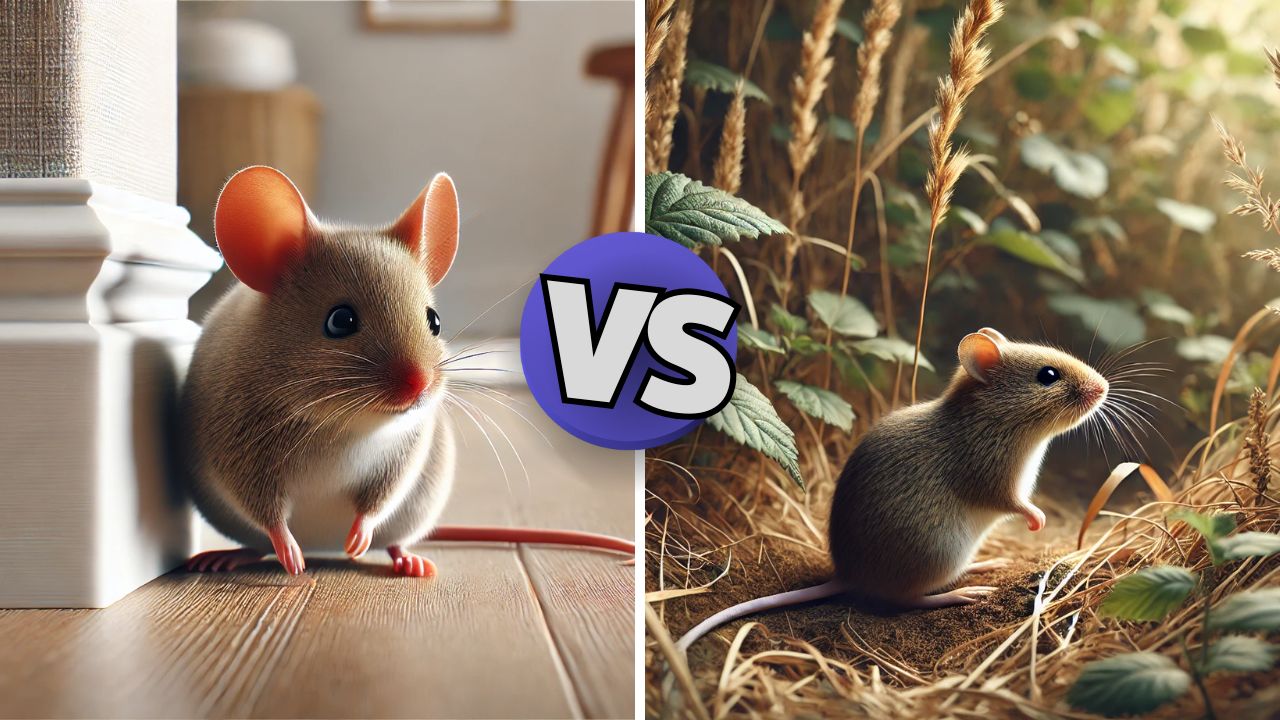 Mice are among the most common household rodents, but not all mice are the same. Field mice and house mice are often confused due to their similar appearance, but their habitat, behavior, and risks differ significantly. Understanding these differences can help homeowners identify infestations and take the right control measures.
Read below to find out the key distinctions between field mice and house mice, including their identification, habits, and prevention strategies.
If you suspect mice are making themselves at home in your space, our pest control experts can help with a free pest inspection. Schedule your complimentary inspection today and keep your home rodent-free!
Mice are among the most common household rodents, but not all mice are the same. Field mice and house mice are often confused due to their similar appearance, but their habitat, behavior, and risks differ significantly. Understanding these differences can help homeowners identify infestations and take the right control measures.
Read below to find out the key distinctions between field mice and house mice, including their identification, habits, and prevention strategies.
If you suspect mice are making themselves at home in your space, our pest control experts can help with a free pest inspection. Schedule your complimentary inspection today and keep your home rodent-free!
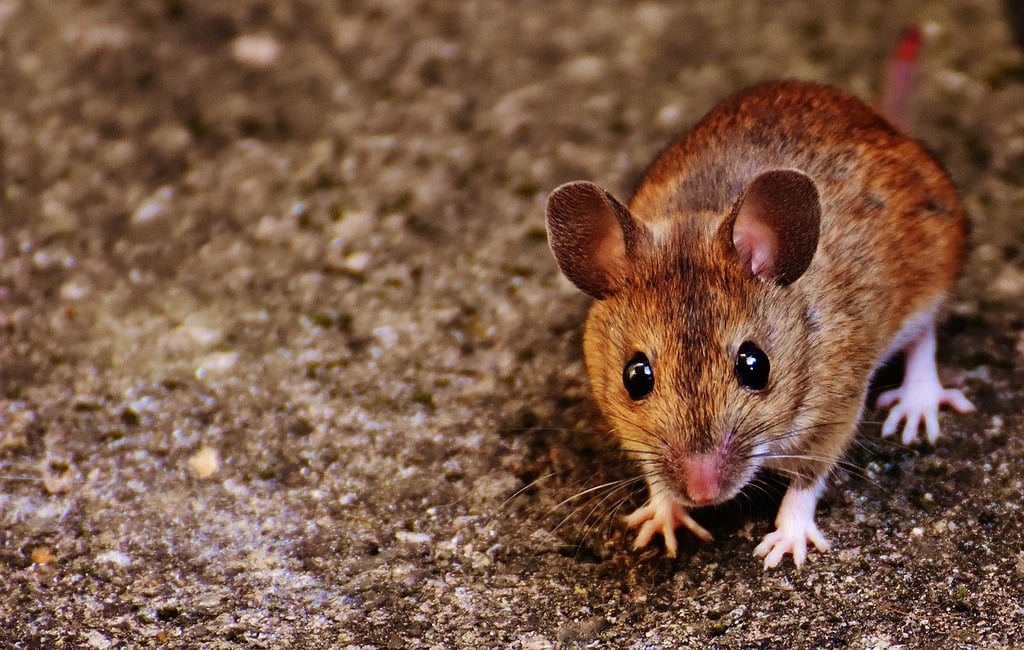

Not getting a solution?
Get your free pest control estimate today!What Are Field Mice?
Field mice, also known as deer mice, are rodents commonly found in outdoor environments like fields, forests, and agricultural areas. While they prefer to stay outside, they may enter homes during the colder months in search of warmth and food.Physical Characteristics of Field Mice
-
Size: Slightly larger than house mice, typically 8-10 cm (3-4 inches) in body length, with a tail of equal or slightly shorter length.
-
Color: Light reddish-brown or gray-brown on their back, with a white underbelly.
-
Ears & Eyes: Smaller, rounded ears and smaller eyes compared to house mice.
-
Tail: Covered in fine fur, unlike the hairless tail of house mice.
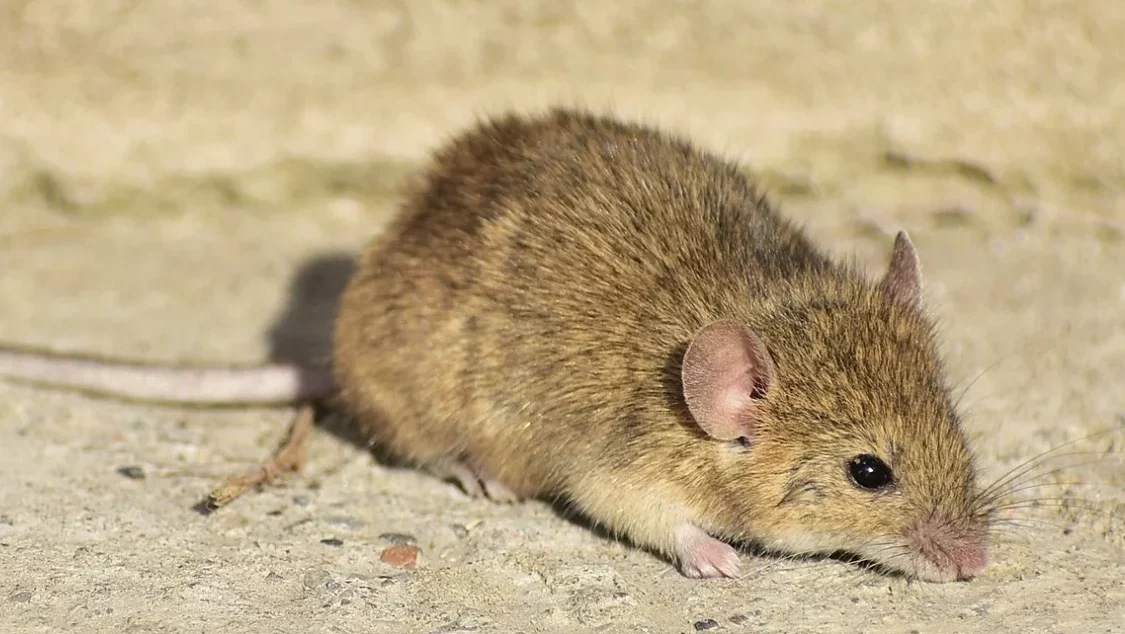
What are House Mice?
House mice are the most common indoor rodent pest, thriving in human dwellings year-round. Unlike field mice, house mice have adapted to live indoors, making them more persistent and difficult to eliminate.Physical Characteristics of House Mice
-
Size: Smaller, about 6-8 cm (2-3 inches) in body length, with a tail as long as their body.
-
Color: Light gray-brown or tan, with a slightly lighter underbelly.
-
Ears & Eyes: Larger ears and larger, rounder eyes compared to field mice.
-
Tail: Hairless and slightly scaly, unlike the fur-covered tail of field mice.
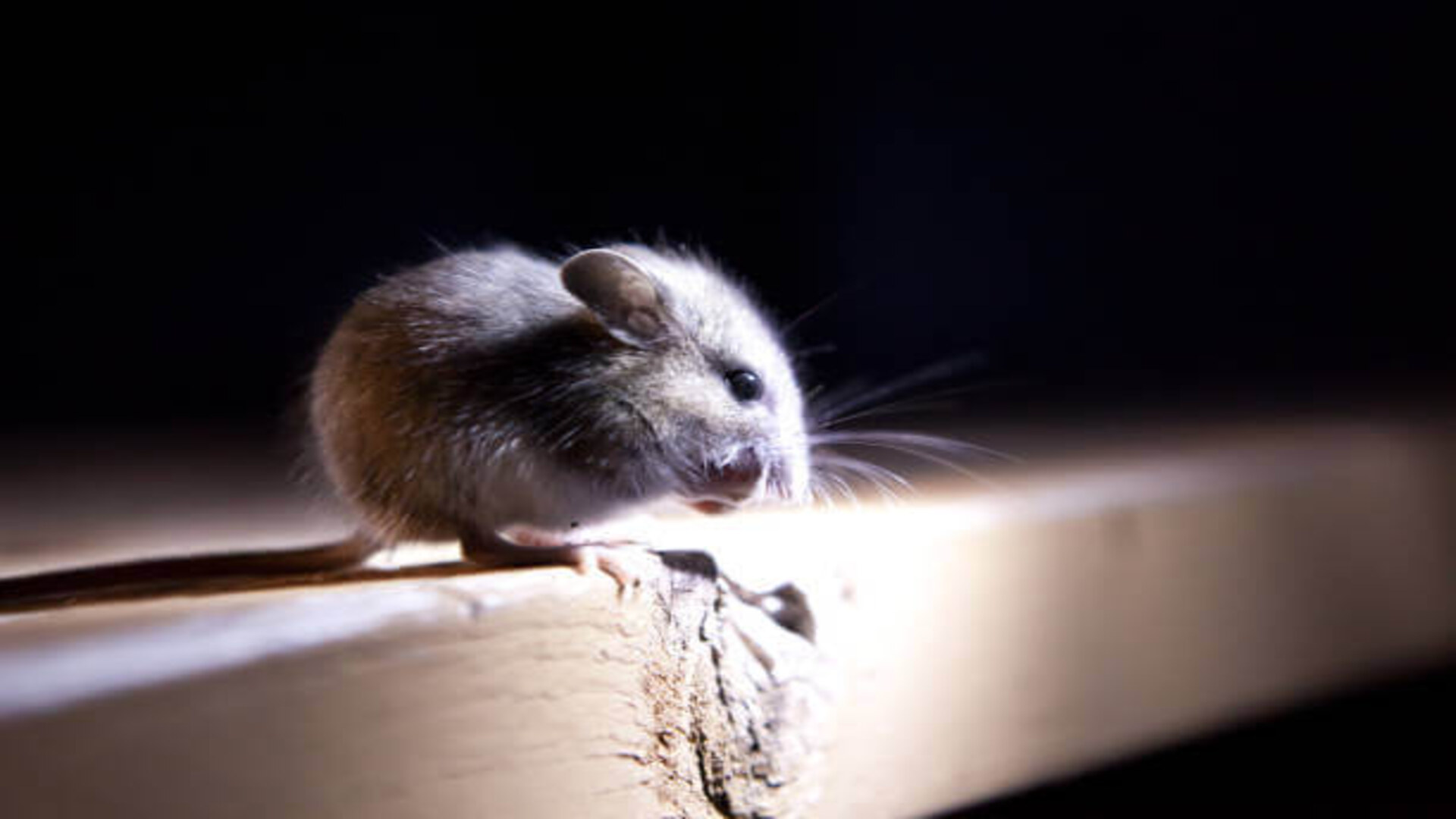 House mice are highly adaptable and prefer living inside buildings, making them a major indoor pest.
House mice are highly adaptable and prefer living inside buildings, making them a major indoor pest.
Differences Between House Mice and Field Mice
| Feature | Field Mice (Deer Mice) | House Mice |
|---|---|---|
| Size | 8-10 cm (3-4 inches) | 6-8 cm (2-3 inches) |
| Color | Reddish-brown or gray-brown with white belly | Gray-brown with a lighter belly |
| Tail | Shorter and covered in fine fur | Long, hairless, and slightly scaly |
| Ears & Eyes | Small ears and eyes | Large ears and bigger eyes |
| Habitat | Outdoor fields, meadows, woodlands | Indoors, homes, warehouses, attics |
| Diet | Seeds, grains, insects | Human food, grains, cheese, sweets |
| Nesting | Burrows, leaves, and tree stumps | Inside walls, attics, basements |
| Activity | Cautious, active at night | Bold, explores indoors at night |
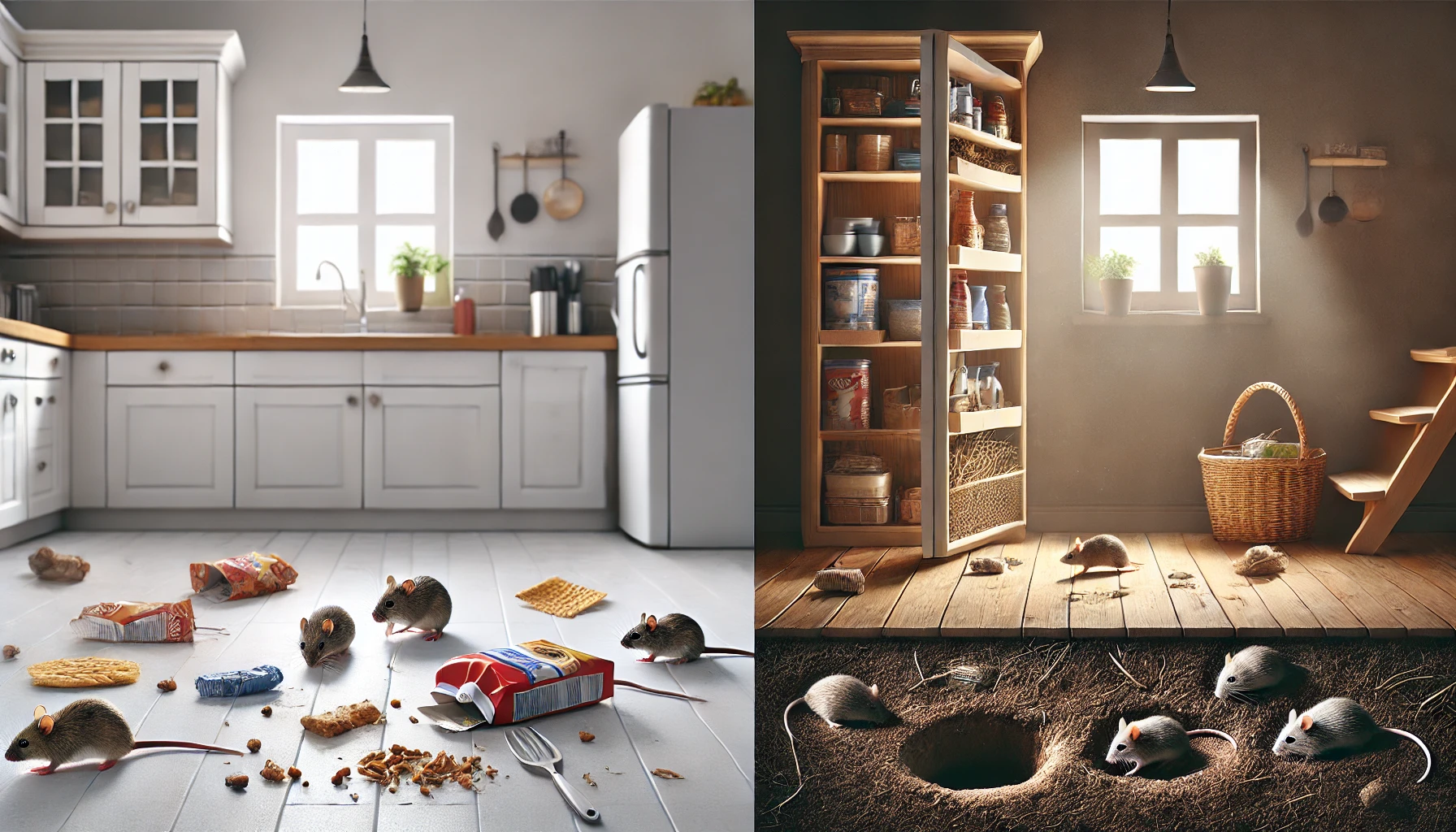
What Are the Signs of House Mice and Field Mouse Infestation?
Mice can quickly reproduce, making it crucial to recognize signs of their presence before an infestation grows. The two most common types of mice that invade homes are field mice and house mice, each with distinct behaviors and nesting habits.Signs of a Field Mouse Infestation
-
Nests in Outdoor Areas: Found in wood piles, garden sheds, tree stumps, and burrows near the home.
-
Sawdust or Frass: Field mice may leave behind fine wood shavings or droppings near their nests.
-
Occasional Indoor Activity: They may seek shelter indoors during winter but prefer outdoor settings.
Signs of a House Mouse Infestation
-
Droppings: Small, dark, cylindrical droppings found around food, pantries, or hidden spaces.
-
Gnaw Marks: Mice chew through food packaging, wires, and furniture.
-
Frequent Indoor Presence: House mice live indoors year-round, unlike field mice, which mostly stay outdoors.
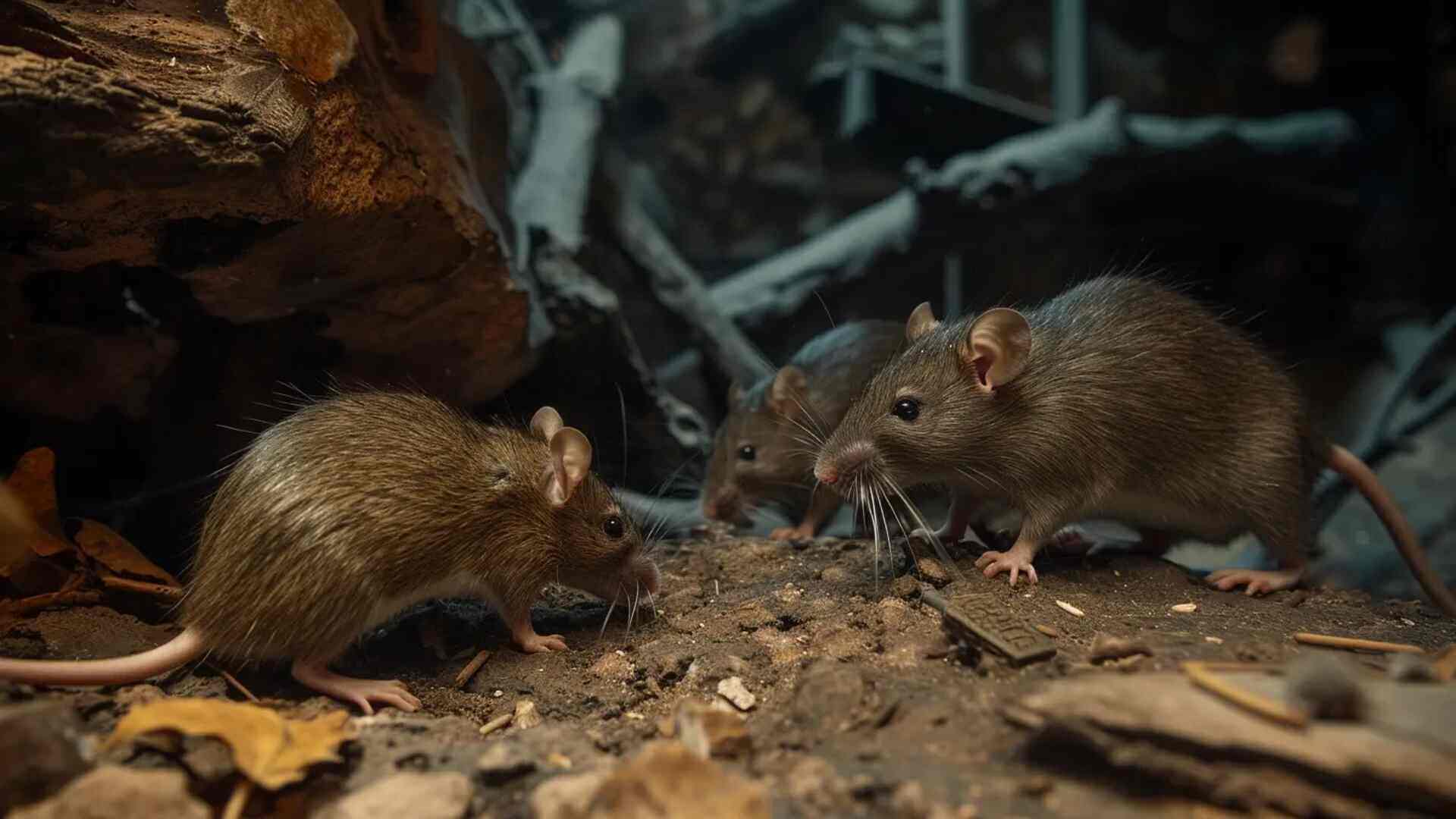
What are the Health Risks of Field Mice and House Mice?
Mice, whether field mice or house mice, are not just an annoyance but also a significant health hazard. These rodents can contaminate food, damage property, and carry dangerous pathogens that pose risks to humans and pets. Their droppings, urine, and nesting materials can introduce bacteria and viruses into your home, increasing the chances of illness. While both field mice and house mice can spread disease, the specific health risks they pose vary depending on their habitat and behaviors.Health Risks from Field Mice
-
Hantavirus: Deer mice can carry Hantavirus, a serious respiratory disease.
-
Salmonella: Can be transmitted through droppings and contaminated surfaces.
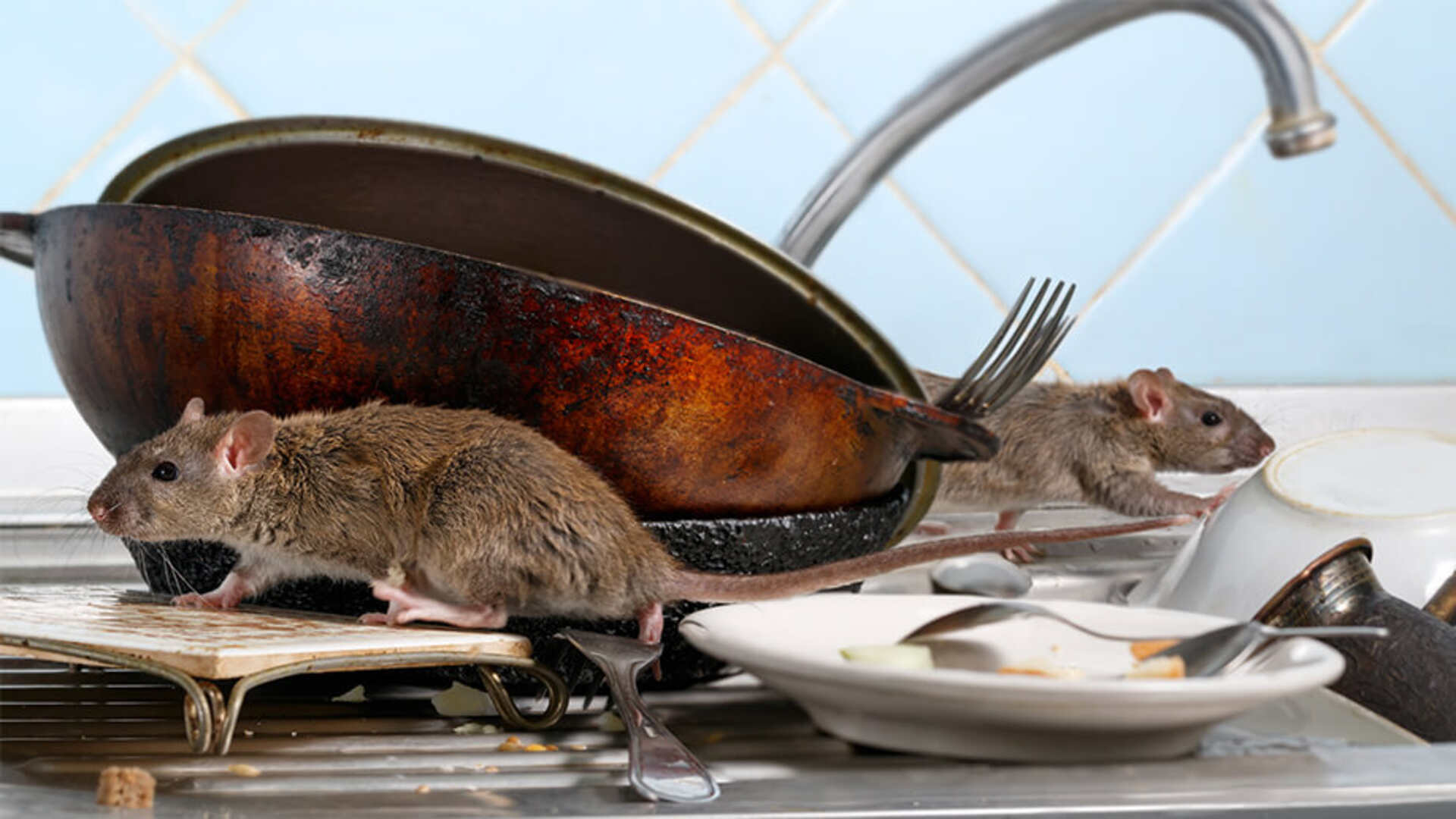
Health Risks from House Mice
-
Lymphocytic Choriomeningitis Virus (LCMV): Affects the nervous system and causes flu-like symptoms.
-
Allergies and Asthma: Mouse droppings and urine can trigger allergic reactions.
How to Prevent Field Mice and House Mice Infestations
Mice are resourceful pests capable of quickly invading homes to seek food, warmth, and shelter. Whether you’re dealing with occasional visits from field mice or persistent house mice, proactive prevention is essential. These tiny rodents can slip through remarkably small gaps, contaminate your food supply, damage property, and spread diseases. Effective mouse prevention combines environmental modifications, sealing potential entry points, and careful management of food and clutter. Preventing Field Mice Infestations
Preventing Field Mice Infestations
Seal Entry Points
-
Inspect Exterior Thoroughly: Examine your home’s outer walls, windows, doors, vents, and foundations for small cracks or gaps.
-
Seal Openings Effectively: Use steel wool, metal mesh, or weather-resistant caulk to block any identified gaps—field mice can fit through openings as small as a dime.
Remove Outdoor Food Sources
-
Secure Garbage Bins: Use bins with tight-fitting lids and clean them regularly to eliminate food odors that attract mice.
-
Store Food Properly: Keep birdseed, pet food, and garden seeds in airtight, rodent-proof containers or metal bins.
-
Clean Yard Debris: Regularly remove fallen fruits, nuts, and seeds from your yard to reduce food sources for field mice.
Trim Vegetation
-
Maintain Clearance: Trim trees, bushes, and vines back at least 18 inches from your home to prevent easy access for mice.
-
Eliminate Ground Cover: Remove dense vegetation and clutter around the foundation to reduce hiding spots and travel paths.
-
Clear Debris: Dispose of woodpiles, rock stacks, and yard debris that can serve as shelter for mice near your home.
Rodent-Proofing
-
Install Rodent Guards: Place guards or barriers around utility lines, pipes, and other potential entry points into your home.
-
Protect Vents: Cover attic and crawl space vents with rodent-proof mesh or durable screening to block access.
-
Schedule Inspections: Have professionals inspect your home periodically to identify and address hidden or overlooked vulnerabilities.
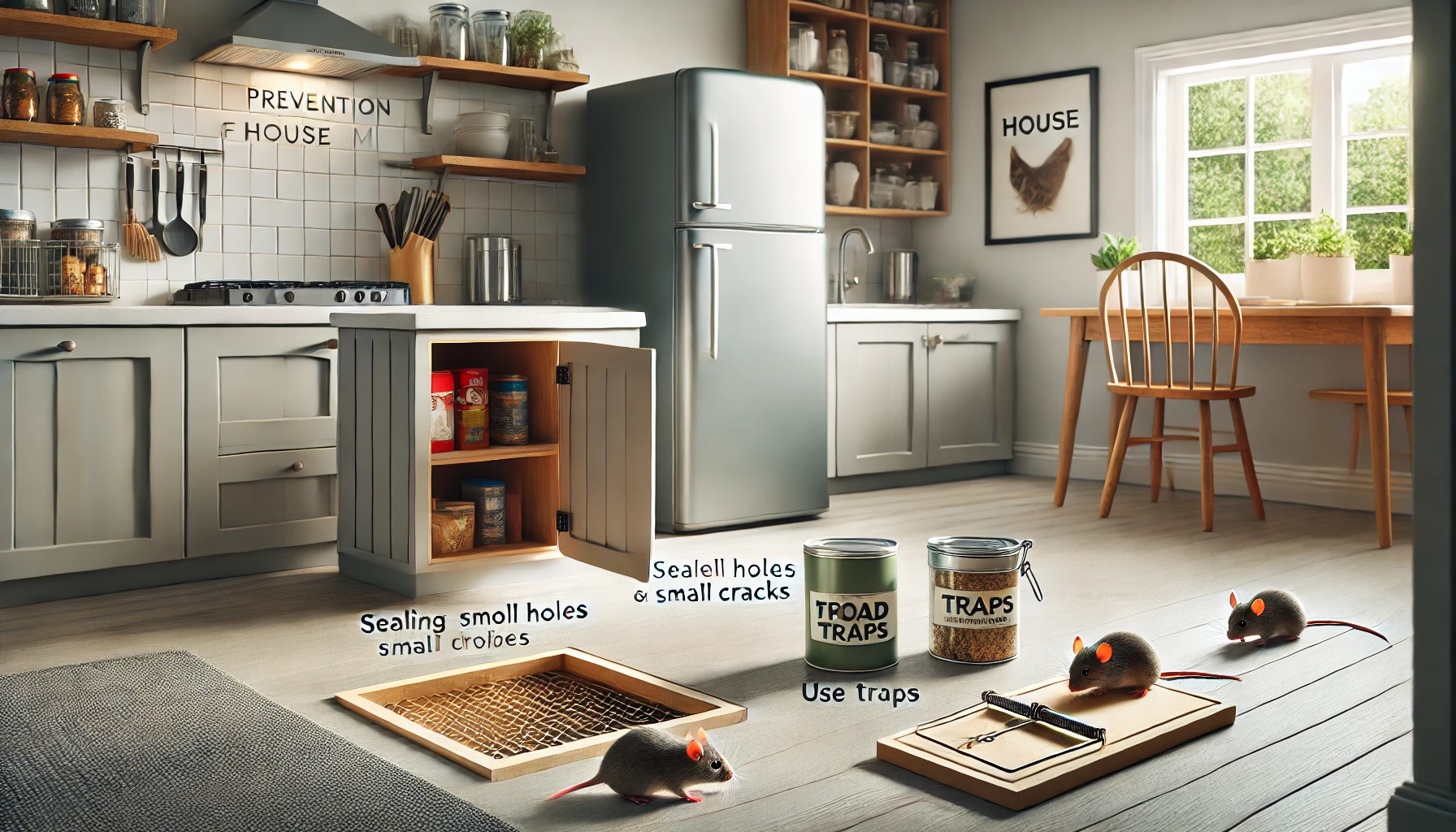 Preventing House Mice Infestations
Preventing House Mice Infestations
Keep Food Sealed
-
Use Airtight Containers: Store grains, cereals, pet food, and pantry staples in sealed plastic or glass containers to prevent access.
-
Maintain Clean Surfaces: Wipe down kitchen counters, tables, and floors regularly to eliminate crumbs and spills.
-
Avoid Leaving Food Out: Never leave food, including pet food, uncovered overnight to reduce attractants for mice.
Eliminate Hiding Spots
-
Declutter Storage Areas: Clean and organize attics, basements, closets, garages, and other storage zones to reduce nesting opportunities.
-
Elevate Storage: Place boxes and containers on shelves instead of the floor to limit rodent access.
-
Maintain Order: Keep storage areas tidy and easy to inspect for early signs of rodent activity.
Seal Cracks and Openings
-
Inspect Thoroughly: Check walls, floors, and ceilings for gaps around wires, pipes, and ducts that mice could use as entry points.
-
Seal Entry Points: Use caulk, steel wool, or expanding foam to close off all internal openings and prevent movement.
-
Recheck Seals Often: Regularly inspect and maintain these seals, as mice can quickly exploit new or reopened gaps.
Maintain Cleanliness
-
Keep Areas Clean and Dry: Mice are attracted to cluttered and damp environments—maintain dry, tidy indoor spaces.
-
Vacuum Regularly: Clean floors often to remove crumbs and food particles that attract mice.
-
Manage Waste Properly: Dispose of trash frequently and clean bins to eliminate food odors and rodent lures.
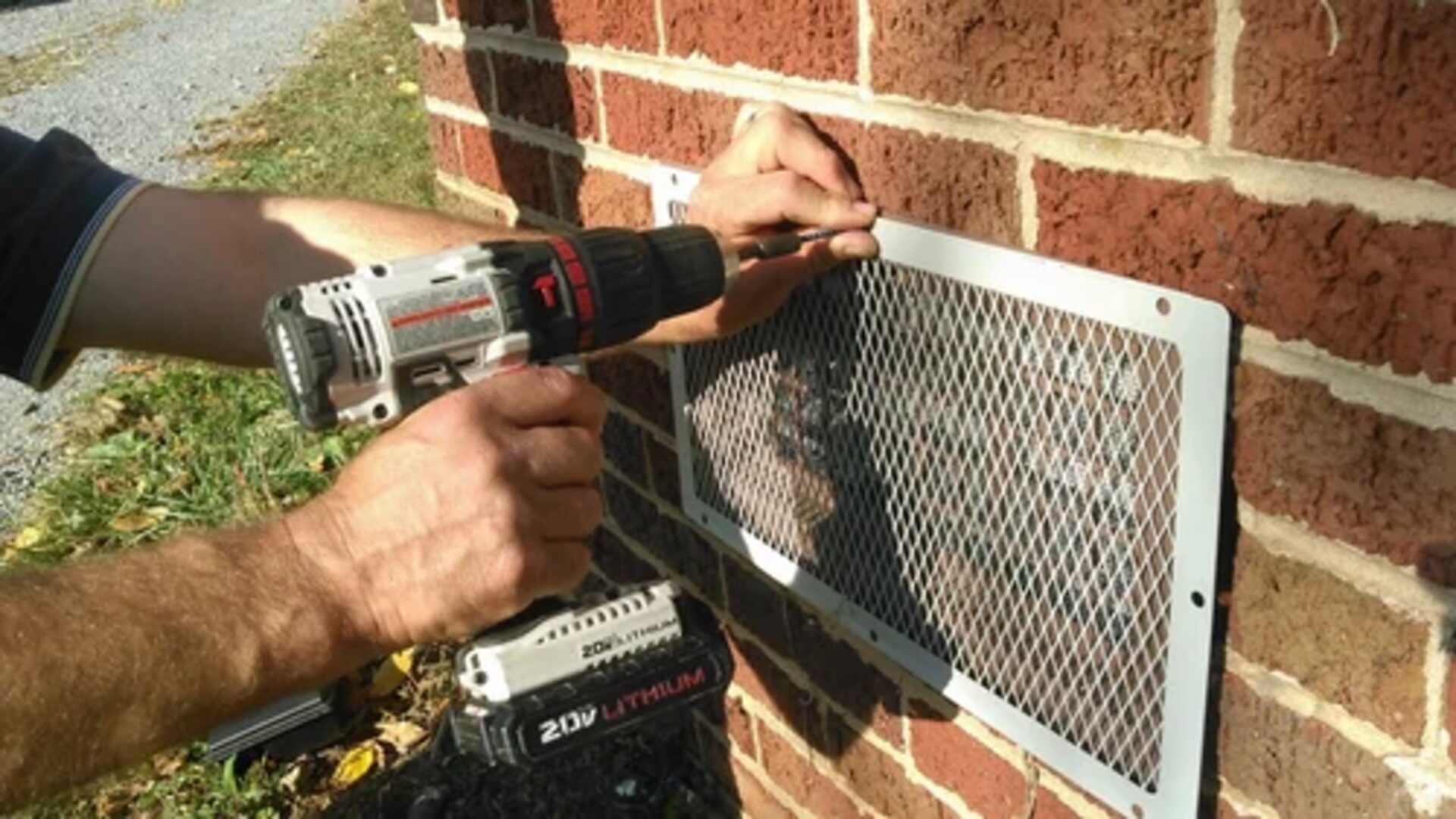
Myths and Facts About Field Mouse and House Mouse
| Myth | Fact |
|---|---|
| Field mice and house mice are the same. | They are different species with distinct habits. |
| House mice only live in dirty environments. | House mice can live in clean environments too, as long as there is food. |
| Field mice are not a concern for homes. | Field mice can occasionally enter homes, especially in rural areas. |
| House mice are not a health risk. | House mice carry diseases and can contaminate food. |
| Field mice and house mice have the same diet. | Field mice eat mostly seeds and fruits, while house mice prefer grains and sweets. |





